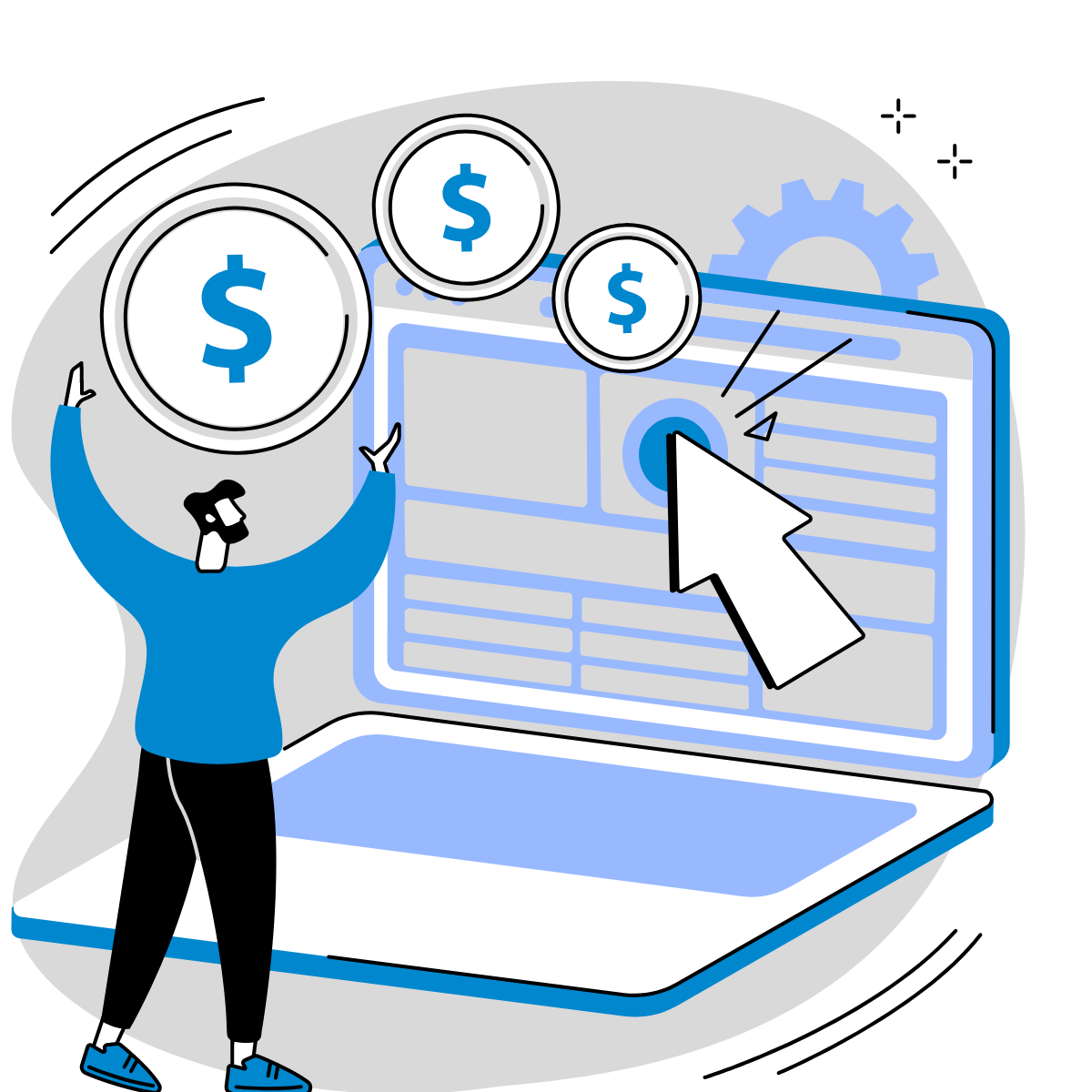Content
CBInsights analysts have found 20 common reasons why startups often fail. However, literally, any business idea can lead to failure. This usually happens because not enough project work and preparation have been put into its launch.
This means there’s a lack of clear strategy and planning, no Discovery phase, and missing pieces in business analytics.
Next, you will learn from the AdvantISS team why it is so important to introduce project management and start preparing for development from things completely remote from technical processes.
In this article:
- What Makes Projects Successful: Factors and Metrics
- How to Start a Project: 8 Steps to Project Initiation
- Discovery Phase as an All-in-One Solution to Initiate Project
What Makes Projects Successful: Factors and Metrics
And what does “project success” mean to you?
You might think it’s about ROI, the number of positive ratings in specialized stores (if we’re talking about mobile apps), and so on. Sure, that makes sense. But it doesn’t accurately describe the concept of success.
In general, your product can be considered a strong player in the market if it:
- Meets the expectations of stakeholders and users.
- Has a defined value for the market and the industry as a whole.
- Generates revenue that covers expenses and allows for scalability.
- Has the potential for development and implementation of new features.
- Is developed through data-driven decisions rather than solely based on an idea.
Why do these factors specifically? We explain further.
Meeting Expectations
Satisfying a demanding audience is not easy. Whether it’s design elements that just don’t look right, the lack of certain features or an expensive subscription users think should be free. No matter what you do, there will always be people who aren’t happy with your product and will criticize it.
But at the end of the day, the real measure of success is how many people are willing to pay for your product. And if their number of paying customers exceeds or at least meets your expectations, then you’ve got yourself a winner.

Value for the Market
When you’re still figuring out how to start a project, conducting market research, and all that, you’re already laying the foundation for your project. If you know the state of the market and can offer something that will interest the audience, you’ve done the homework needed to increase the chances of the product’s success.
For example, a service for financial transfers that charges minimal commissions and supports a wider range of payment providers, systems, and banks. This product will be valuable for the market, and under conditions of smart monetization, it will be even more effective than that of competitors.

Profitability
Each cent can show you more about your project’s success than a thousand other metrics. If, after releasing the MVP, you achieve a positive ROI and accumulate profits, that’s a clear sign your product has potential.
But remember, none of this happens without competent planning and the strategy of project management. We have prepared a mini-guide that will lead your project to success and profitability.

How to Start a Project: 8 Steps to Project Initiation
Great accomplishments begin with small steps. So, if you’re thinking about how to set up a project, congratulations, you’ve found just the thing.
And the greatest part— we provide only practical tips for project managers.
Identification and Engagement of Stakeholders
To begin with, you need to form a circle of like-minded people. These could be:
- Business representatives.
- Potential audience.
- Investors.
- Project and product managers.
- Business analysts.
Next, brief key project points. That is, discuss the expectations of each stakeholder, why they’re interested in this product, and what they hope to achieve once the app comes live.
It’s also important at this stage to document key features and partnerships.
Goal and Priority Definition
Working with specifications is one of those important steps to make a project. Including all potential features and integrations at once is a really bad idea. Focus on small yet valuable elements that will make an MVP.
To organize the planning process, you can use the SMART structure (specific, measurable, achievable, relevant, time-bound), as well as OKR tools combined with BA techniques.
Make sure everything is grounded in real data, the current state of the market, and available resources.
Result Definition
The third step is documenting the results the team should achieve during project plan development. They must have a clear architecture of “input condition/dependent action/acceptance condition” and, preferably, a digital value to track the progress (e.g., implementation status from 0 to 10).
This allows you to control the project preparation process and plan further steps.
Roadmap Formation
The project schedule is usually flexible and adaptive. For instance, you can use a RACI diagram to define the roles of each team management participant.
Here, you’ll have:
- Responsible parties who will directly execute tasks.
- Consultants who will provide their expert assessment or assist implementers.
- Informed individuals, i.e., stakeholders who aren’t directly involved but are somewhat engaged in the project.
This is where relationships between tasks, their execution order, and schedules are outlined.
Implementation of Risk Management Program
This point is often overlooked, but skipping it can lead to headaches later on in development. To prevent them, analyze the market, competition, and previous experience. Then, develop a matrix that includes the following:
- Potential risks.
- Event development options.
- Responses to challenges.
This is a simplified representation, but it contains key positions that should be included in the risk management system.
Project Presentation
Once you’ve worked out the preliminary structure and format, demonstrate the scratch project to all stakeholders. That is, go back to the first step, gather stakeholders, and conduct a presentation where you explain the reasons behind chosen decisions.
Note: At this stage, you can also bring design into the conversation if it’s one of the critical components of the future product.
Choosing Tech Stack
Once you receive the green light from key project participants, you can move on to more practical matters. To be more specific, defining technologies, frameworks, methodologies, and integrations.
Of course, preliminary discussions took place in the initial stages, but now it’s time to take action. Moreover, the next step depends on this one.
Team Formation
Once you’ve identified the tech stack, it’s time to assemble the experts (not the other way around). It would be ideal if you have a fully staffed team ready to start development at any moment.
If not, consider outsourcing or hiring dedicated teams. This will somewhat increase your project’s maneuverability, scalability, and help save budget.






